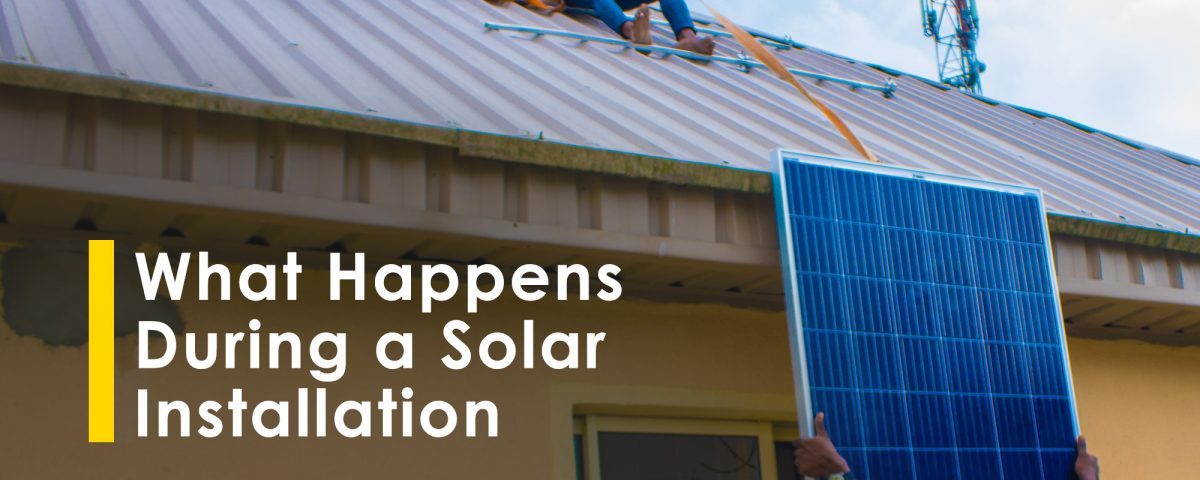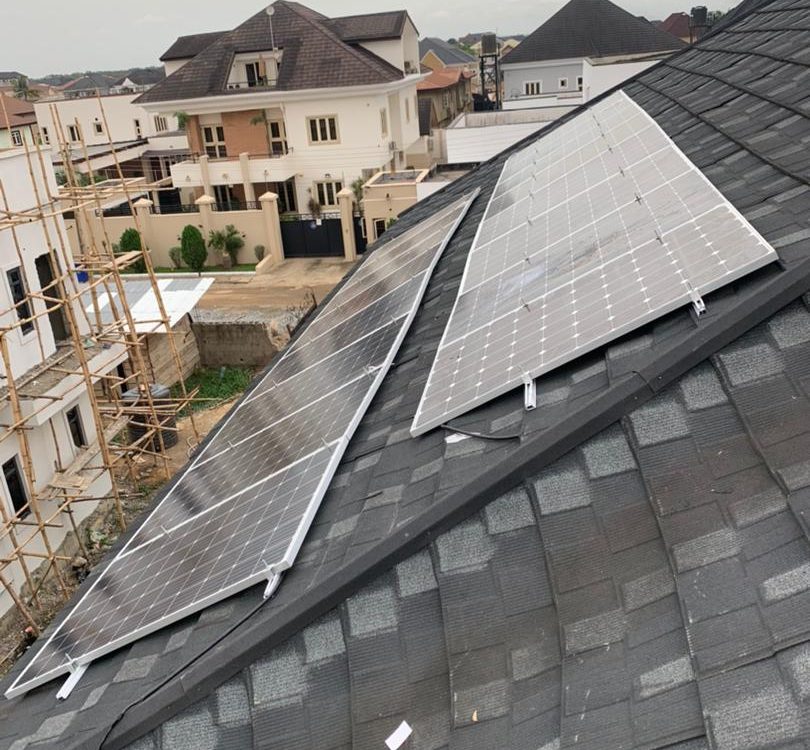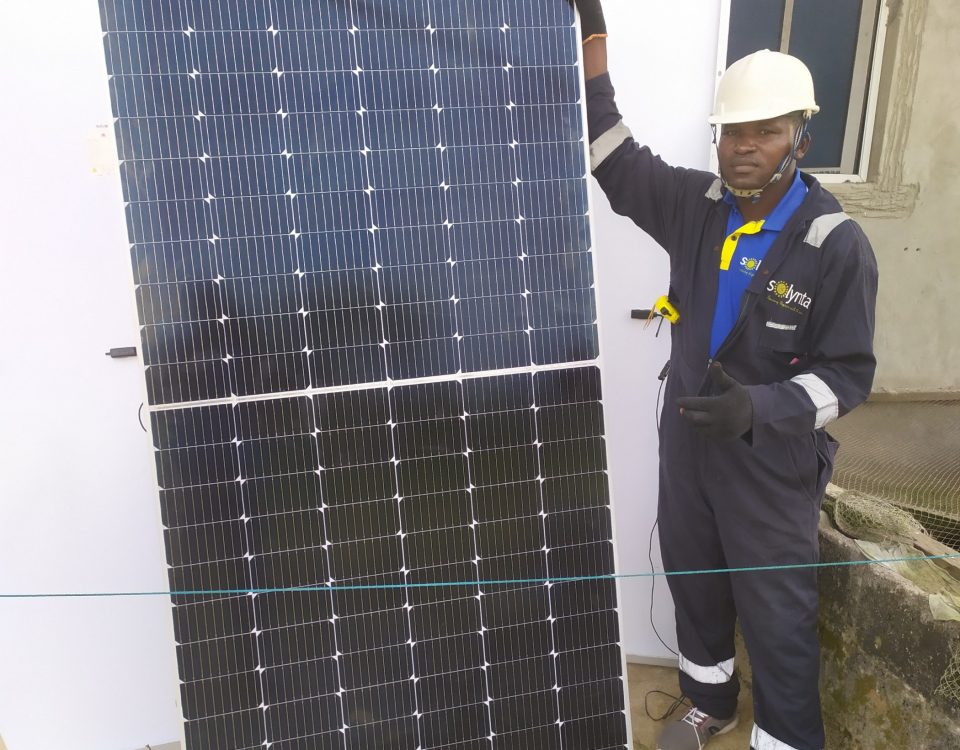What Happens During a Solar Installation

Solar Energy as a Household Necessity
2020-08-22
How To Go Solar in Nigeria
2020-08-29A switch to solar is always a great choice and investment. Once the professionals have performed a site evaluation and confirmed that you are eligible to go solar, you are all set to make a shift in source of power and make your own contribution to a cleaner and greener environment.
Thank you for reading this post, don't forget to subscribe!Most home and property owners worry about what they have to do in order to have a successful solar installation. The good news is that the installation is up to the engineers and experts. Of course, you will have to be present during the process to have a proper grasp and understanding of how the technology operates. But the entirety of manpower is required from the engineers and professionals. Here is what you can expect on the day your solar panels go up:
- Your Trusted Solar Installation Team Arrives
Before now, you must have sought for a reputable and trusted solar company to facilitate your shift to solar power. On the selected day to mount your solar panels, the team of professionals arrive at the installation site (which could be your home or business/workspace). They will review your personalized solar panel installation plan and request access to work areas. Examples of work areas include your roof and electrical distribution box
- Health and Safety Measures Put in Place
The solar professionals will request that key work areas are out of bounds for your family for the duration of the installation. This is done to ensure a better work environment for the team and to keep you safe. As mentioned earlier, you will not need to be an active part of this process as the engineering team are fit and knowledgeable on the technical-know-how of your installation. Experienced professionals will keep the work area as organized as possible to avoid accidents and to avoid disruption of your home environment.
Critical health and safety equipment such as safety boots, hard hats and ropes will be worn by the engineers when working. If your building is tall scaffolding will be used.
3. Mounting the Panels on your Roof.
This is the process that we all anticipate. The mounting of panels! Of course, this step only requires the professionals. Your solar panels are attached to your roof using rails. The mounting system will be strong enough to withstand any extreme weather and ensure your panels are in the best position to generate electrical energy to power your home or property. The engineering team will be careful to avoid any damage to your roof. Once mounted, your installer will connect your panels to exterior wiring that will allow energy to flow to your battery bank for storage.
4. Electrical equipment is mounted at a ventilated area
Other components of your solar panel system such as your charge controller, batteries and inverter will be set up indoors as they need to be kept in a ventilated and well shaded area. This prevents them from overheating and creating a fire risk. Common places for mounting your indoor solar power equipment include a storage room adjacent to or behind the kitchen.
5. Testing the system and showing you how to use it
Once the installation is complete your engineer will test the system. They will also provide you with a user manual and show you how to use the equipment
Read more on how to get started on solar here: https://bit.ly/2Qv3BqI




